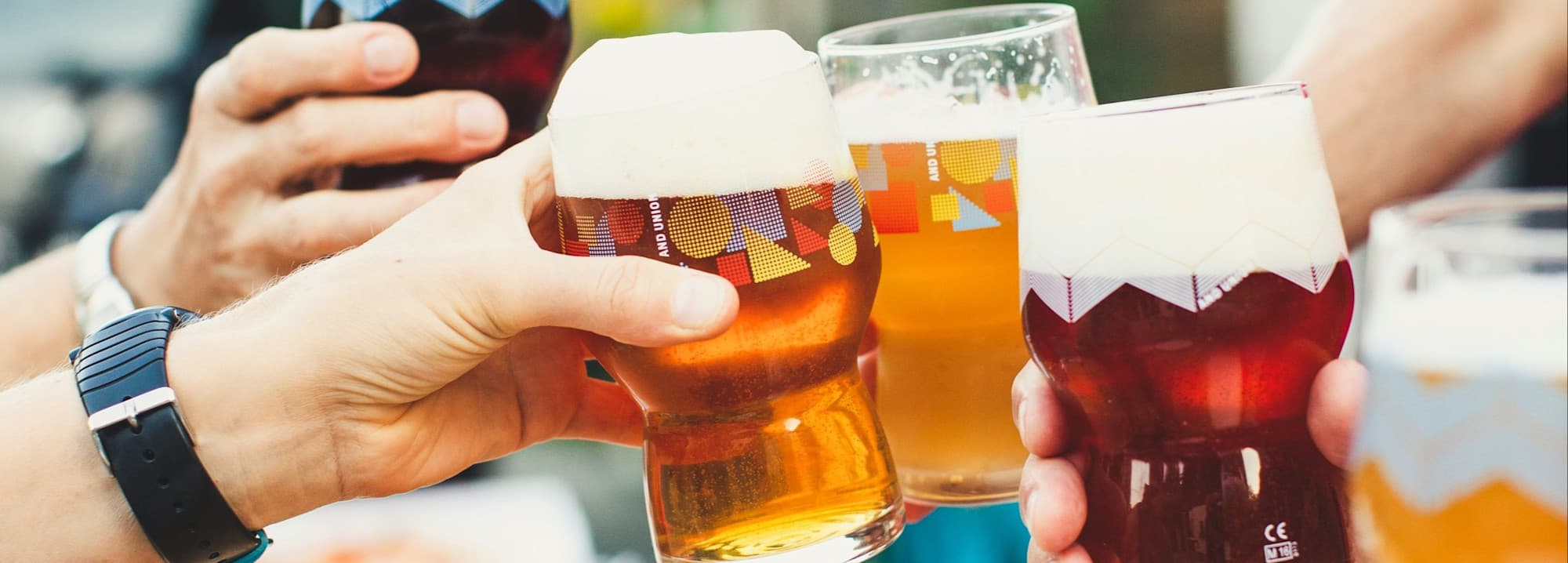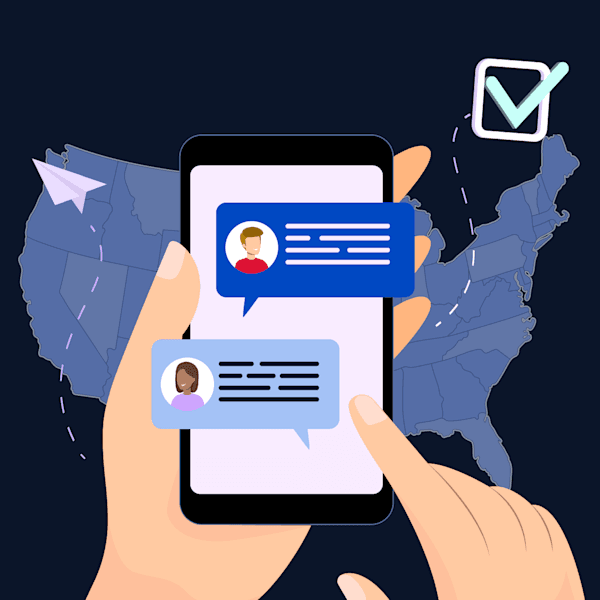
How to Organize Political Campaign Events That Work
Political campaign events are where your campaign comes to life. While they’re great for speeches and punchy soundbites, they’re also your opportunity to show up, stand out, and spark action. For local and Independent candidates, events are often the most personal and powerful way to connect with your community.
Whether organizing your first house party or planning a final-week get-out-the-vote (GOTV) rally, events give your campaign visibility, credibility, and momentum. Done right, they can turn curiosity into commitment and passersby into passionate supporters.
This guide will help you organize campaign events that align with your goals, meet your community where they are, and move your campaign forward.
Why Campaign Events Matter
Campaign events do more than fill up your calendar. A 2024 Pew Research study found that only 45% of Americans feel it’s easy to get the information they need to vote in local elections. Campaign events help fill that gap.
With political campaign events, you:
Raise money and recruit volunteers.
Create shareable content for social media.
Boost your visibility and credibility.
Generate local media coverage.
Whether it’s your campaign launch or the last rally before election day, campaign events help shape the narrative of your race and show voters that your campaign is real, organized, and community-driven.
Types of Campaign Events You Can Organize
There’s no one-size-fits-all format. Your events should reflect your goals, personality, community, and resources.
Some common types of campaign events include:
House parties (casual gatherings in a supporter’s home)
Coffee chats or brewery meet-ups
Voter registration drives
Community service events, like park clean-ups and food drives
Virtual or in-person town halls or issue forums
Online “Meet the Candidate” nights
Fundraising dinners, meetups, or raffles
Local music or talent showcases
Volunteer trainings and appreciation events
Instagram/Facebook Live Q&A sessions
Watch parties for debates or major political events
Canvass launches or GOTV rallies
LEARN MORE: Explore our free training on how to host house parties for your campaign.
The right event format depends on your goals, timeline, and target audience.
For North Las Vegas Justice of the Peace winner, Jonathan Cooper, coffee chats proved a winning strategy.
“I would go to a Starbucks and do a mass text message for maybe a two-mile radius around the Starbucks,” he said, inviting local residents to come and talk with him about issues in the community and how he could help. These coffee chats helped Cooper win nearly 75% of the vote despite being a first-time and Independent candidate.
How to Organize Campaign Events: A Step-by-Step Approach
Once you know why events matter and what kinds you might host, it's time to get practical. Organizing impactful campaign events starts with structure, strategy, and a clear plan.
Step #1: Set Goals and Know Your Audience
Every campaign event should serve a purpose. Start by asking yourself:
Are we trying to raise money?
Do we want to connect with undecided voters?
Is the goal to energize existing supporters?
Are we trying to get press coverage?
Once your goal is clear, identify your target audience. A house party for likely donors will look different than a volunteer kick-off.
Understanding your audience helps tailor everything from the invite list to the messaging.
Step #2: Lock Down Logistics
Successful political campaign events depend on planning and preparation. Key logistics to tackle early include:
Venue: Pick a location that is accessible, affordable, and aligned with the event’s tone. For instance, an upscale or fancy event space might work great for a fundraising event targeting donors. However, it probably isn’t the right setting to kick off a grassroots door-to-door canvassing effort.
Date and Time: Avoid conflicts with community events or holidays. Consider what works best for your audience’s schedules.
Permits and Equipment: Check local permitting rules if you're using a public space. Make a list of tech needs, like microphones, projectors, speakers, etc.
Budget: Determine your costs, from food to flyers, and explore possibilities for in-kind donations.
Virtual events are also a great option. Using platforms like Zoom or StreamYard, you can connect with a wide range of potential voters even if their schedules may be tricky. Just remember to test your tech ahead of time!
Step #3: Promote Like a Pro
Promotion starts the moment your event is scheduled. Use multiple channels to spread the word, such as:
Email invites to supporters and volunteers
Social media graphics, videos, and event pages
Local press releases
Phone calls and personal messages to key attendees
Use your event to reinforce your campaign message and image. Incorporate the key themes of your campaign into the flyers, website, and messaging you make about your event. Also, create a short RSVP form to estimate turnout. This will also help you follow up with attendees.
LEARN MORE: See how to make the right campaign message to connect with your community.
Step #4: Execute with Energy
On event day, show up early, stick to a schedule, and stay flexible. You should try to stick to an agenda, but you don’t want to be too rigid. Leave space for meaningful interactions and conversations.
During the event:
Welcome your attendees and thank them genuinely for showing up.
Introduce yourself and your team.
Make clear asks: donations, volunteering, or pledges to vote.
Your authenticity is what will truly connect with your people. Speak from the heart and build meaningful connections with attendees as one-on-one as possible.
LEARN MORE: Learn how to talk policy without putting your audience to sleep.
Step #5: Use Tech to Amplify Your Impact
Today’s tech tools can help campaigns maximize every moment. Some ways to use technology to boost your campaign events include:
Livestreaming: Either hosting an event entirely online or livestreaming an event to extend its reach to voters who can’t attend in person.
Mobile apps or digital RSVPs: Keep guest lists organized and make follow-ups easier. You can use tools like those offered by GoodParty.org to create polished and cohesive invitations and RSVP forms.
Real-time polls or Q&A sessions: Boost engagement and help you gather useful insights and data.
Photo and video content: Use the event for storytelling later.
Your event doesn’t end when the chairs are folded or the Zoom call ends. Keep the momentum going!
LEARN MORE: Check out some of the best political campaign management tools to keep your campaign running.
Step #6: Follow Up to Keep the Energy Alive
Making a personal follow-up can be the difference between a one-time event attendee and a long-term supporter. After the event, you should:
Send thank-you emails or texts
Share photos or highlights on social media
Add attendees to your volunteer or email list
Track any pledges or donations made
Invite attendees to your next campaign event
During a follow-up, you have the opportunity to keep building relationships and ask for continued support.
Step #7: Don’t Forget to Fundraise
Many campaign events can double as fundraisers. You just have to make the ask!
Whether you host a backyard BBQ or a brewery meetup, you can:
Offer tiered donation levels
Include a short speech about what the funds go toward
Encourage small donations using mobile donation tools
Don’t forget to track results and thank donors promptly. Additionally, ensure your fundraising goal is clear and show people how their contributions help.
LEARN MORE: Understand how to fund your campaign with our comprehensive guide to political fundraising.
Your Events, Your Momentum
Political campaign events are about more than speeches and signs. They’re about energy, relationships, and shared purpose. Organizing campaign events with care, clarity, and authenticity strengthens your movement and brings your vision to life.
Let each event be a stepping stone to more visibility, more support, and ultimately, more votes.
Ready to take the next step? GoodParty.org provides free tools and expert support to help you plan and promote campaign events that make an impact.
Photo by Markus Spiske on Unsplash
Sign up today to get your Independent campaign off the ground and on the ballot!

